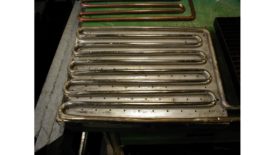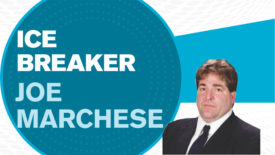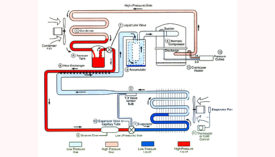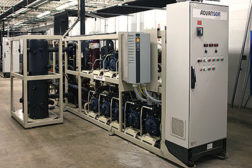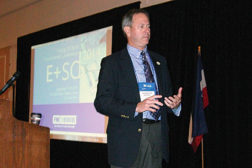Home » Keywords: » refrigeration cycle
Items Tagged with 'refrigeration cycle'
ARTICLES
Understanding Direct Expansion Evaporators
Refrigeration equipment can utilize several different kinds of evaporators
Read More
Superheat, Subcooling, and Saturation – What Do They Mean?
These measurements can help technicians troubleshoot refrigeration systems
Read More
A Simple Guide to the Refrigeration Cycle and How Air Conditioners Work
How compressors, condensers, and more work together, in layman’s terms
Read More
Ice Breaker: The Value of Remembering the Basic Cycle
Systems will provide clues to their performance — techs just have to look for them
Read More
Transcritical Carbon Dioxide Performs Well in Supermarket Pilot
Valuable Lessons Learned in 13-Month Project
March 30, 2015
CO2 Refrigerant Use Sweeping into the US
More Supermarkets Utilizing Natural Refrigerant Systems
Read More
FMI Conference Compares, Contrasts Refrigerants and Refrigeration Systems
System Designs Become More Complex
Read More
Copyright ©2024. All Rights Reserved BNP Media.
Design, CMS, Hosting & Web Development :: ePublishing


